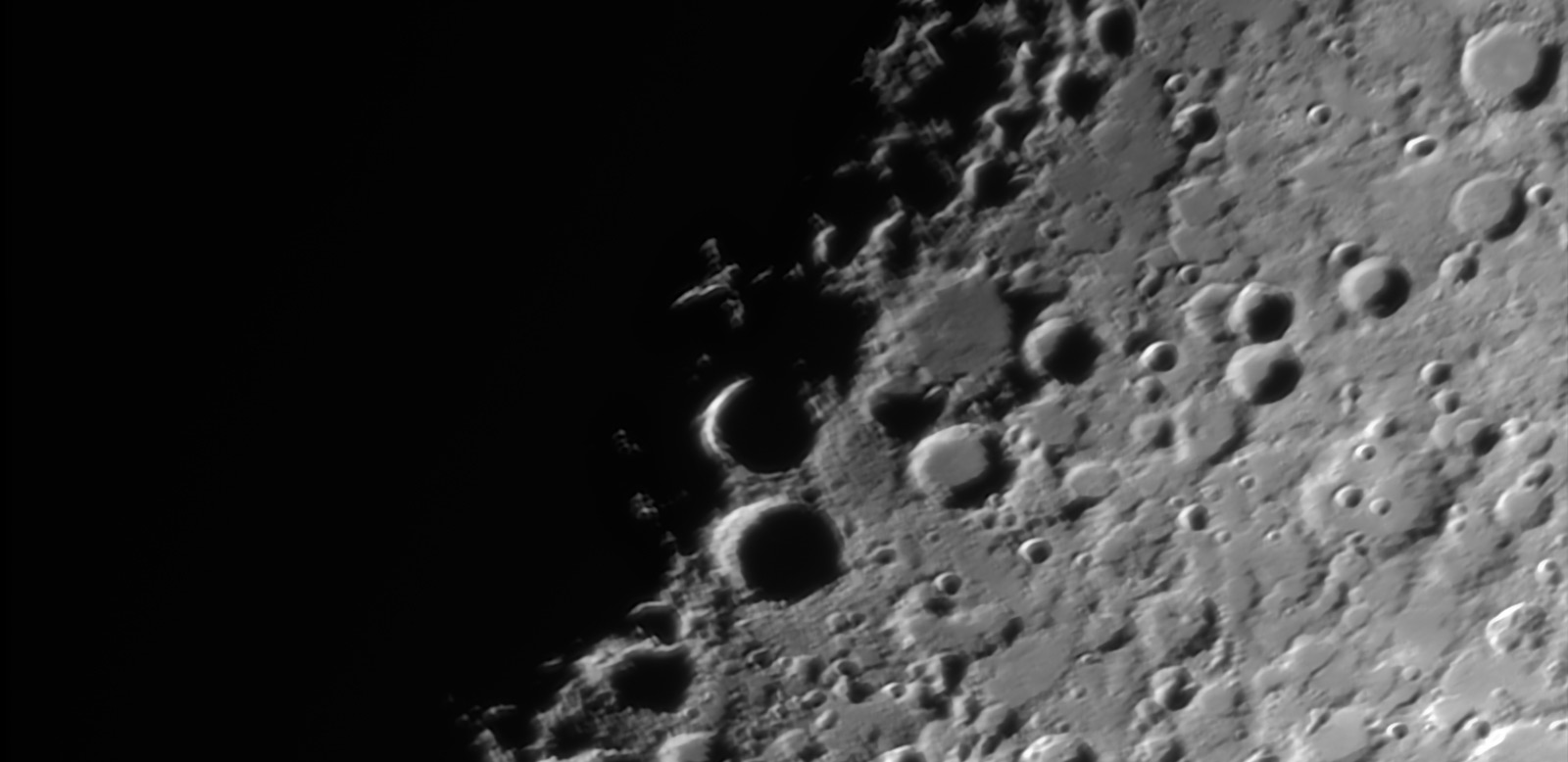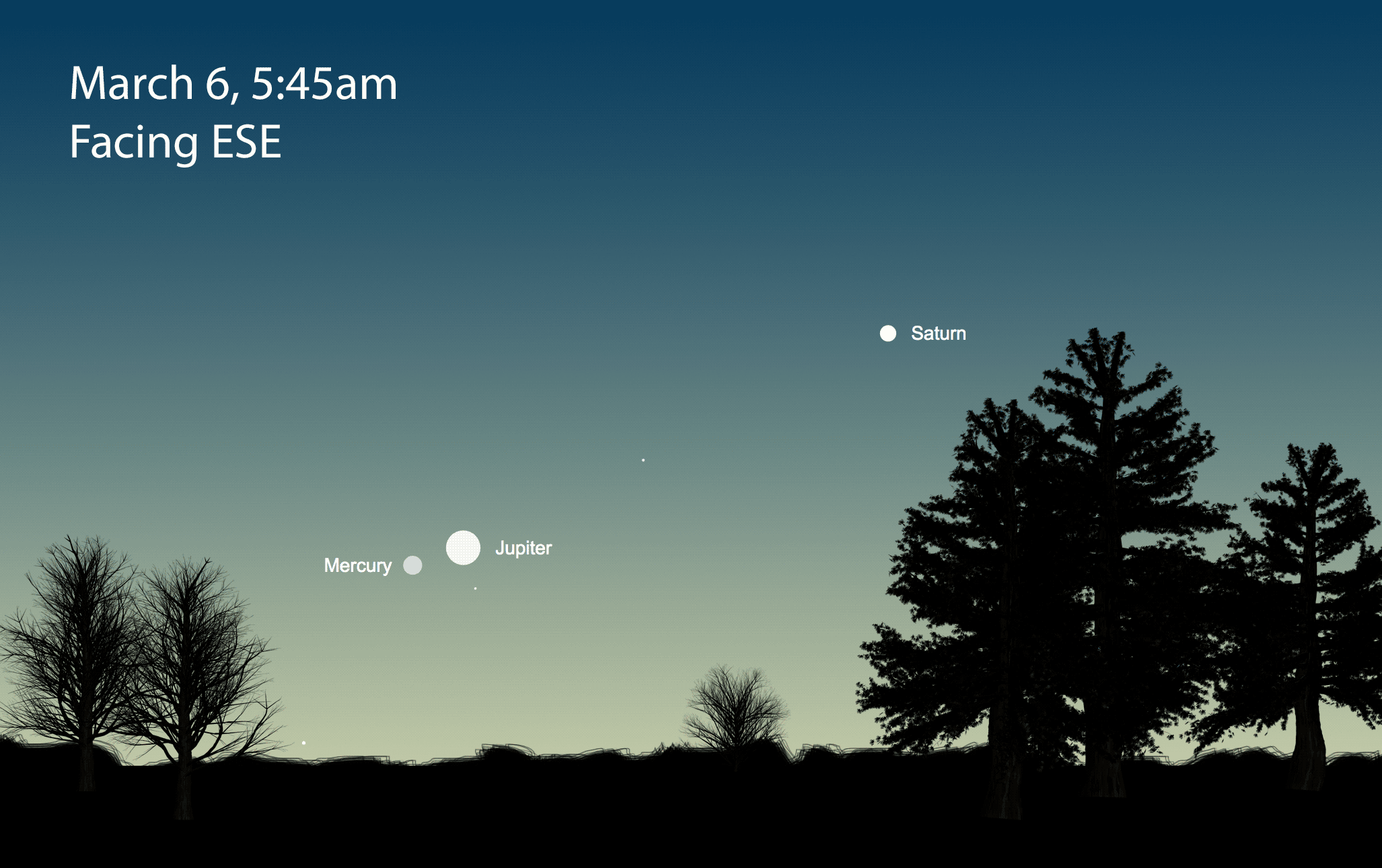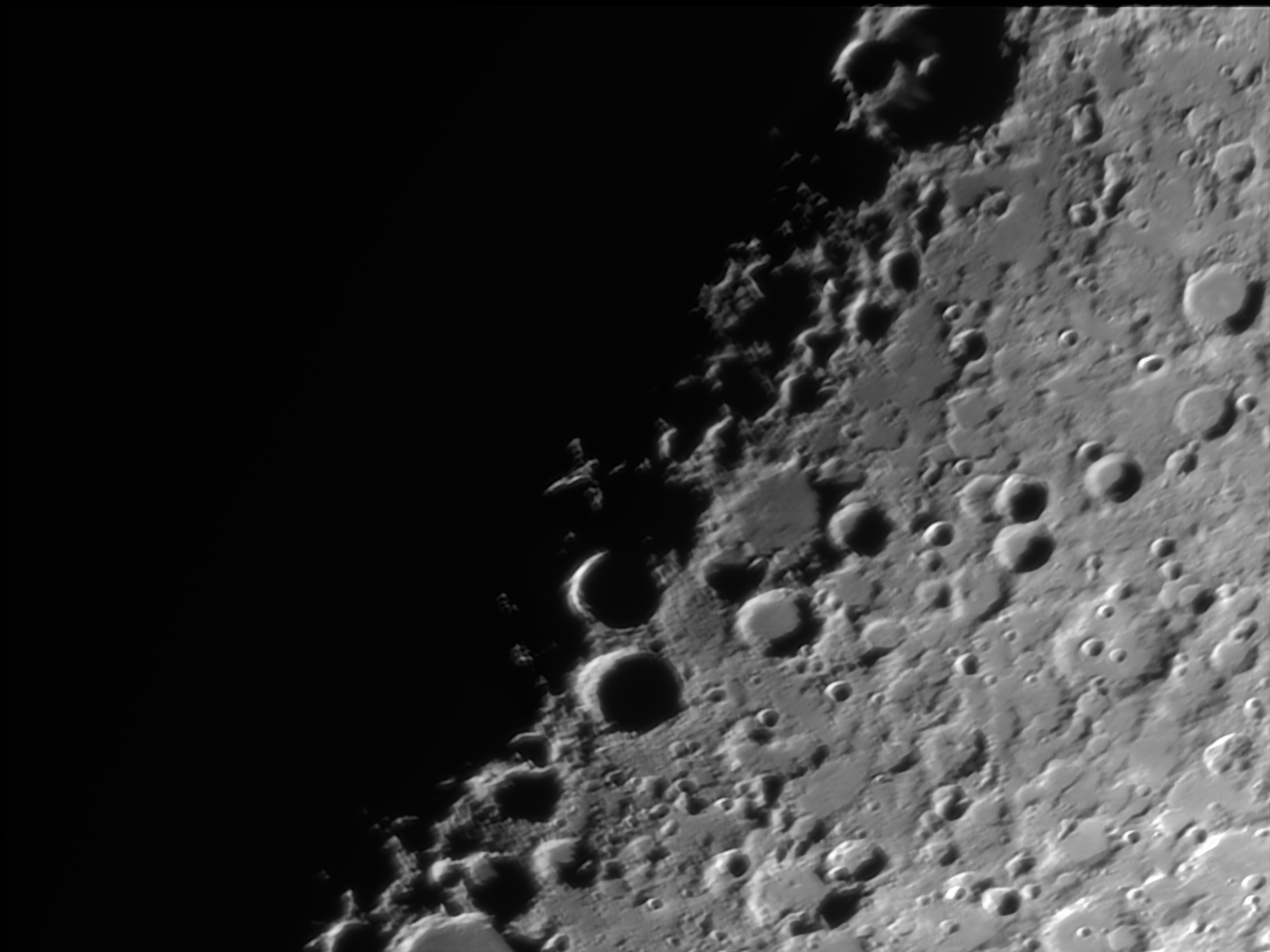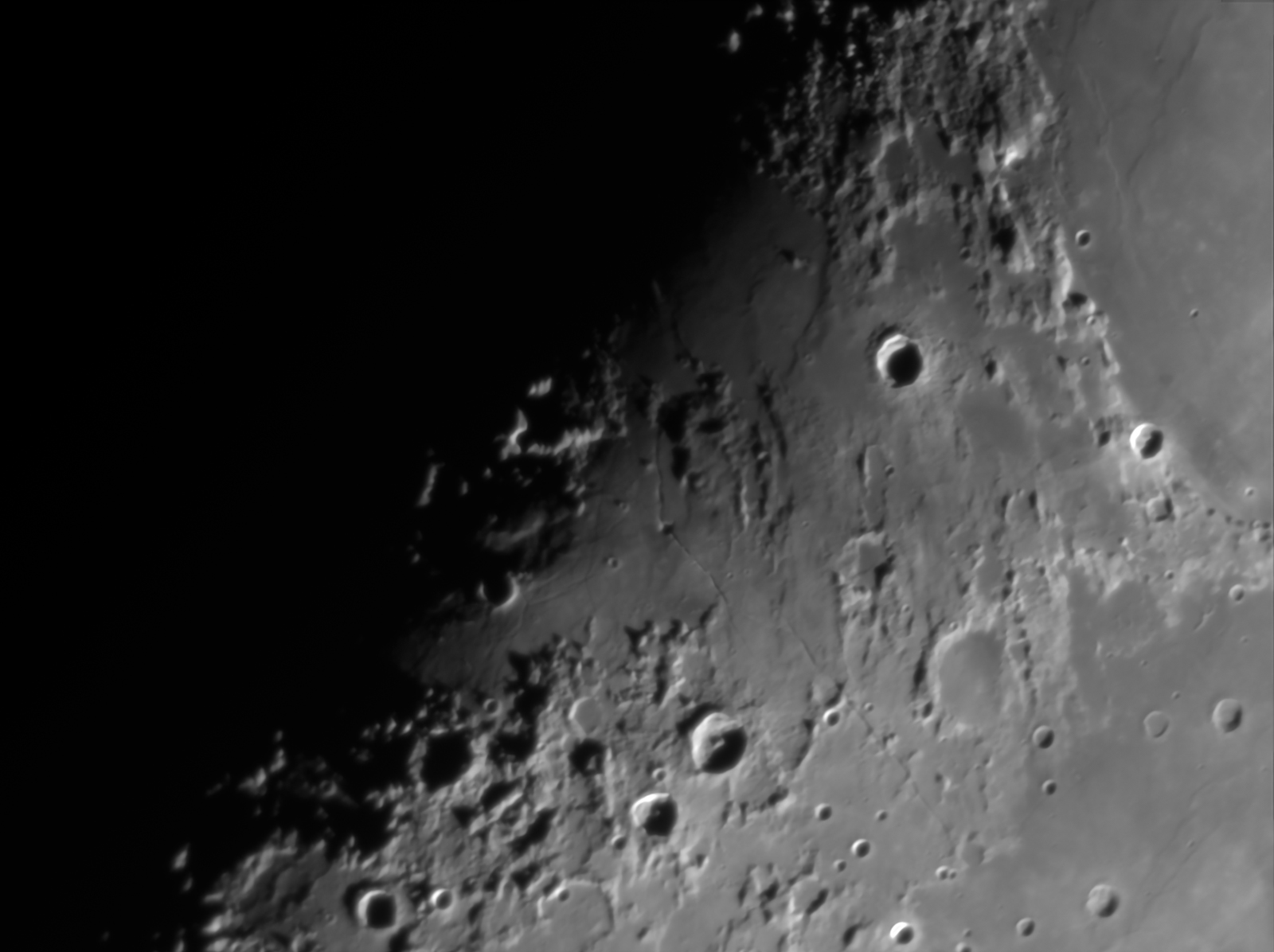
March Astronomical Highlights & “X” Marks the Spot
March 2021 :
Note: This article may contain outdated information
This article was published in the March 2021 issue of The Skyscraper and likely contains some information that was pertinent only for that month. It is being provided here for historical reference only.
As a native Rhode Islander, I should be accustomed to the ever-changing weather. The phrase, “If you don’t like New England weather, wait a minute” is well deserved. When I was finishing this column on January 22, 18 days saw temperatures above normal, with only four days normal. I’m not complaining. (I was already tired of the snow after that Halloween storm dumped about six inches up here in Pascoag. Then there was the December 16-17 storm that dumped 8-10 inches.) Then on January 23rd the temperature dropped like a rock. That “wait-a-minute” moment had arrived.
After the Winter Solstice on December 21, I reveled in the knowledge that at least daylight hours would be getting longer. Unfortunately, February and March can historically be our snowiest months. As we “March” into Spring hopefully the last vestiges of wintery conditions will soon be behind us so we can more comfortably enjoy the beauty of the heavens.

I want you to begin March with an observing challenge. On the 6th during morning twilight around 5:45 a.m., look towards the east-southeast about five degrees above the horizon. In an arc stretching to the upper right, you will find Mercury, Jupiter and Saturn. You will need an unobstructed view of this area of the sky. The accompanying graphic shows what to expect. Next, extend that arc higher into the dawn sky and you’ll also encounter the last quarter Moon. This celestial gathering will make an interesting sky scene, so try capturing an image or two.
Though not astronomical, Sunday, March 14 at 2:00 a.m. is an important date and time to remember. Because of an archaic ritual, most United States families will be setting their clocks ahead one hour from EST (Eastern Standard Time) to EDT (Eastern Daylight Time). It is called Daylight Saving Time, and though nothing changes astronomically, by so doing we experience more daylight hours in the evening. Forgetting to reset your clocks may result in missing an event by an hour. Been there. Done that!
Since the Winter Solstice (northern hemisphere) occurred back on December 21, the Sun has journeyed northward, rising higher and higher into our sky. On Saturday, March 20, a person standing on the Earth’s equator will see the Sun directly overhead (zenith) at local noon. This event is called the Vernal Equinox, or Spring. Here in Rhode Island (at approximately 42 degrees north latitude), at noon the Sun will be only just 48 degrees above the southern horizon. Fortunately, as the year progresses and the Sun’s migration northward in our sky continues, the Sun reaches its highest elevation of just over 71.5 degrees off the southern horizon at local noon on the Summer Solstice, June 20 this year.
Throughout the years of penning this column, I have provided observing guides to various features on our lunar neighbor. The Moon’s constantly changing phase presents opportunities to view a wide variety of surface detail. See this link to a prior column on the Moon’s phases: www.theskyscrapers.org/the-moon-its-just-a-phase-its-going-through. Because the phase changes over time due to the Sun angle, detail observed for a specific feature changes as well.
Today I am going to concentrate on two features that present themselves just a few hours before first quarter Moon, which in March occurs on the 21st. During this phase the right half of the lunar disk is illuminated. The “line” that delineates the sunlit moonscape from the unlit portion is called the terminator, which indicates the sunrise point. If you were to stand on the lunar surface anywhere along this line you would see the Sun rising above the horizon.
The lunar topography includes mountains, craters, valleys and seas. So, at times the tallest mountains or crater rims may be receiving their first rays of sunlight, whereas nearby valleys or crater floors may still be in darkness.
But did you know that this process can create the appearance of letters on the lunar landscape? The most prominent one is the Lunar X. Glenn Chaple, an Astronomy magazine columnist, a long-time friend of Skyscrapers, and a frequent contributor to our monthly newsletter, wrote the following in a 2012 column for us.
“It results when light from the rising sun first strikes an elevated area formed by the conjunction of four craters near the crater Werner…I decided to see the Lunar X for myself. Peering into the eyepiece, I was amazed at how readily visible the “X” was. How had I missed it? How, for that matter, had legions of other amateur astronomers failed to see it, or at least announce its existence? Although it appears on a number of early lunar photographs, the Lunar X wasn’t formally introduced to the public until 2004 when it was described by Canadian amateur astronomer David Chapman in an issue of SkyNews Magazine. Perhaps the Lunar X was lost in the overwhelming amount of detail the first quarter moon presents.”
See this wonderful animation:
I don’t know whether Glenn’s question on why the “X” had not been previously reported has ever been explained. Sounds like an interesting research project for someone.
The Lunar X is best observed with even a small telescope during a four-to-six-hour window before first quarter. The evening of March 20 provides the best viewing opportunity. After sunset, approximately 7:00 p.m. EDT, use the animation referenced above to guide you to Lunar X’s approximate location. At that time the gradual appearance of “X” may already be underway. According to Sky and Telescope Magazine, the “pattern should be most prominent from around 8:00 to 9.00 p.m. EDT. Note: Visibility of the “X” feature occurs each lunar month, however the timing may favor the Far East or Europe.
And if observing one letter on the lunar surface isn’t enough, at the same time you can view the Lunar V. This feature also straddles the terminator. Reference the animation once again to see where it is located in position relative to the “X.” Since the “V” is a little larger than the Lunar X, the pattern will persist even after the “X” disappears as the sunrise point progresses across the Moon’s surface.
See the accompanying images taken by Scott MacNeill, Director of Frosty Drew Observatory, in 2019.


Good luck in lettering in lunar topography.
Keep your eyes to the skies.
Lunar X taken by Scott MacNeill at Frosty Drew Observatory in 2019



